Welcome to our all-picture-books-all-the-time edition of The Horn Book Herald! In this issue you’ll find five questions for Julia Denos and E. B. Goodale (the team behind Windows, a 2017 Horn Book Fanfare selection); posts from our Calling Caldecott blog; lists of recommended holiday books; ideas for Family Reading; our thoughts about what makes a […]
December 2017 Picture Books Horn Book Herald: More recommended reading
• Fanfare: The Horn Book’s choices for the best books of 2017 • 2017 Boston Globe–Horn Book Picture Book Award winner and honor books • The New York Times Best Illustrated List • “Why the Hell Hasn’t Photography Won the Caldecott?!?” • Julie Danielson on running mock Caldecotts • “Calling CaldeNott”: Thom Barthelmess on extraordinary […]
December 2017 Picture Books Horn Book Herald: Calling Caldecott’s latest contenders
Begun in 2011, The Horn Book’s Calling Caldecott blog asks: What can win? What will win? What should win? Here are some of our favorite recent posts. • Roger Sutton on The Little Red Cat Who Ran Away and Learned His ABC’s (the Hard Way) by Patrick McDonnell • Tarie Sabido on How It Feels […]

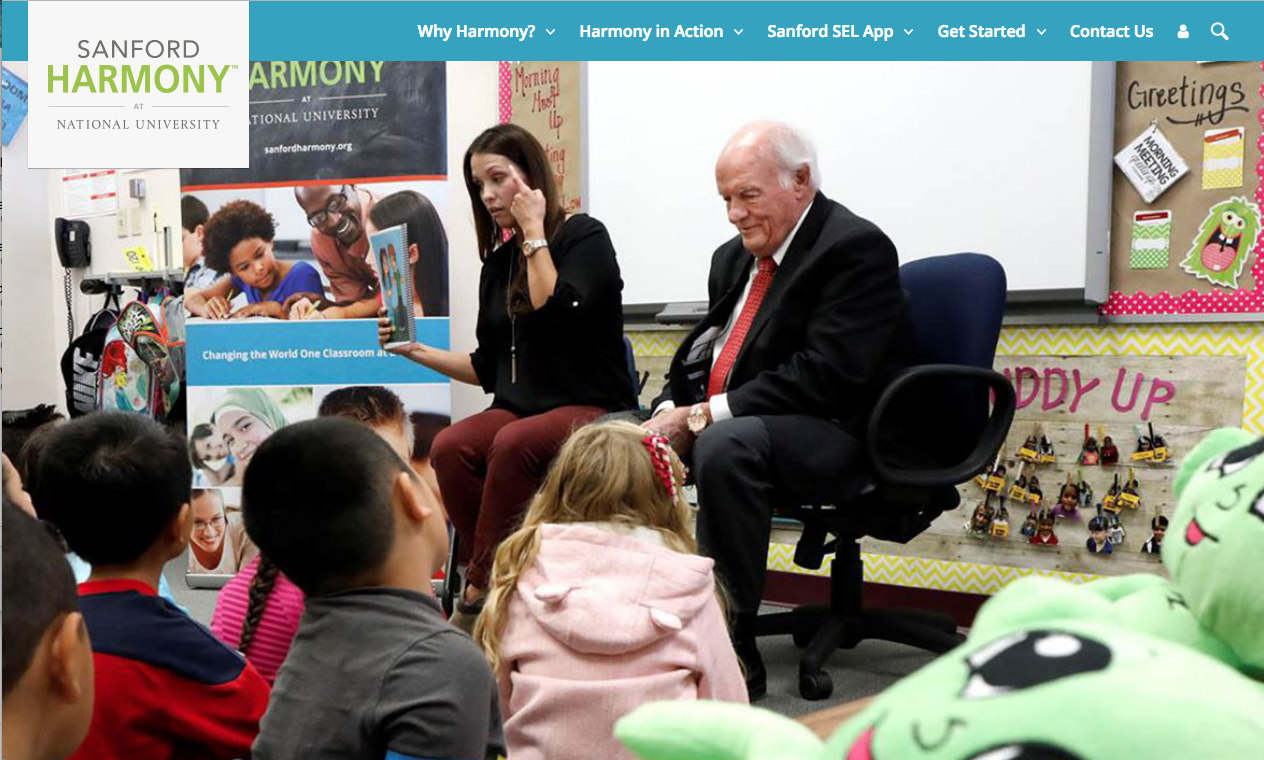 What is Sanford Harmony? Imagine a classroom where students are empowered to: communicate, cooperate, connect, embrace diversity, and resolve conflict.
What is Sanford Harmony? Imagine a classroom where students are empowered to: communicate, cooperate, connect, embrace diversity, and resolve conflict. 
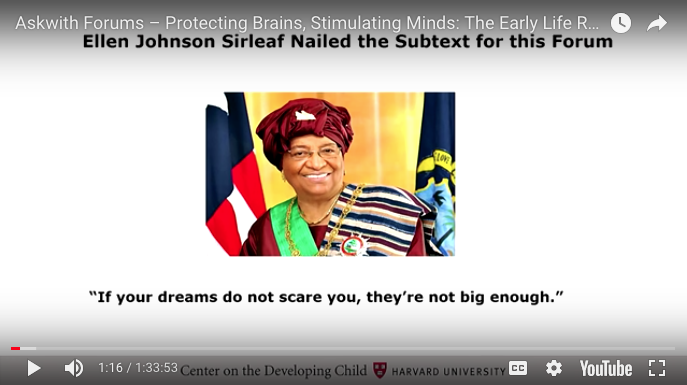
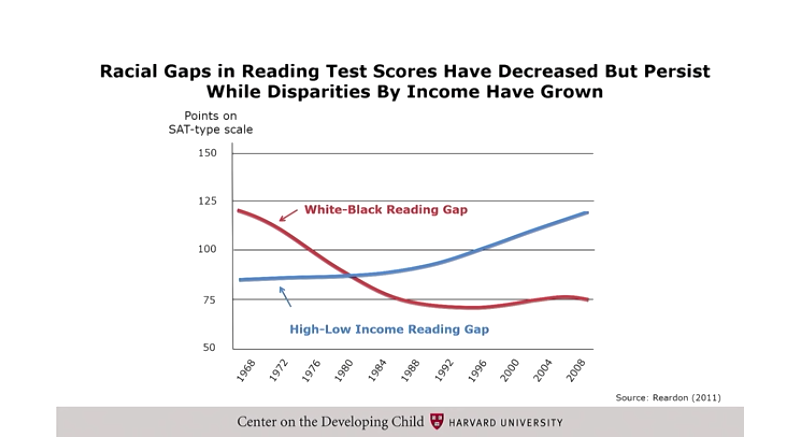
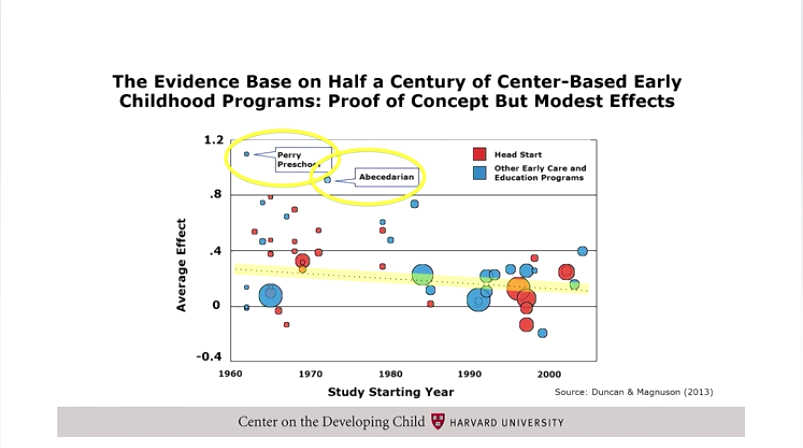

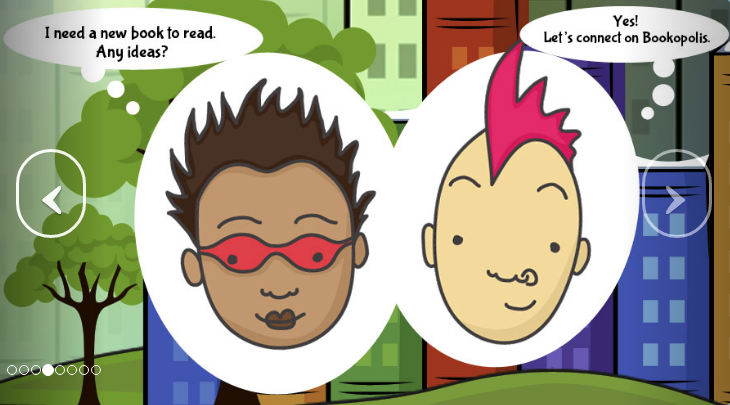
 Our new book
Our new book 














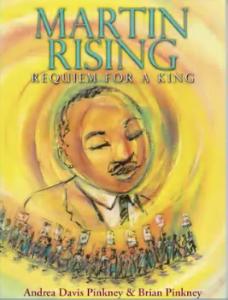 With imagination and power, the award-winning Pinkney duo celebrates MLK's nonviolent struggle for civil rights -- as he transforms America through the spirit of love.
With imagination and power, the award-winning Pinkney duo celebrates MLK's nonviolent struggle for civil rights -- as he transforms America through the spirit of love. 
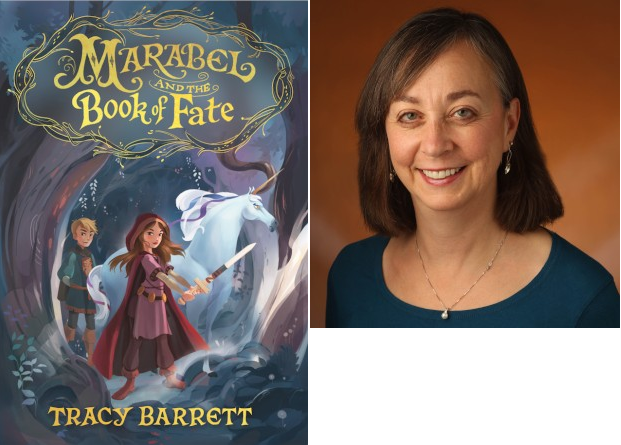
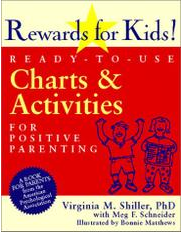 by
by 

